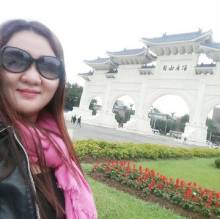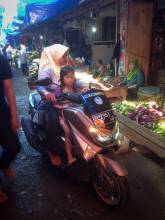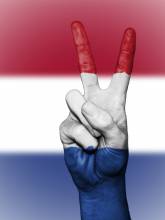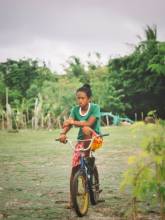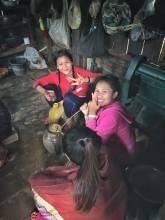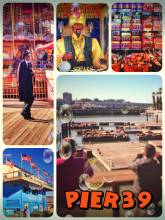Why You'll Fall in Love with Cambodian People
The Cambodian people have endured a lot during the brutal regime of the Khmer Rouge, but their spirits remain high, and they are still very appreciative of their humble lives.
In fact, they are very resilient, and that’s one of the traits that made them stand out from the rest. The country itself is fascinating to visit, thanks mainly to the friendly locals who will welcome you with genuine smiles despite decades of bloodshed, brutality, and poverty.
Check out my Postcards from Cambodia!
Cambodia is one of the most visited Southeast Asia countries nowadays, with the main draw being the incredible Angkor Wat, which is the largest religious monument in the world.
is one of the most visited Southeast Asia countries nowadays, with the main draw being the incredible Angkor Wat, which is the largest religious monument in the world.
But there’s a whole lot more to Cambodia than the Angkor Wat.
Read on to find out more about the Cambodian people and what makes them stand out from the rest!
Brief History of Cambodia
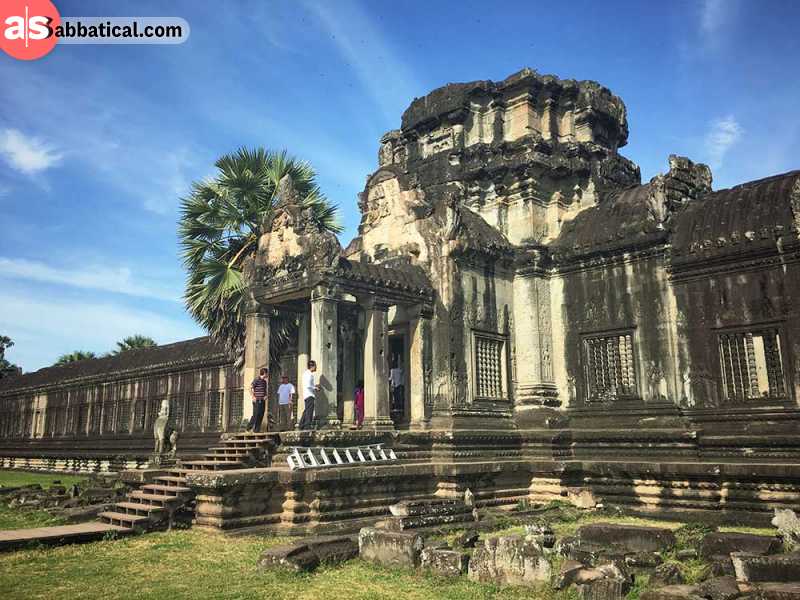
Cambodia’s history consists of long periods of peace and calamity. From the introduction of Buddhism and Hinduism, the reign of the Angkor kingdom, to the ruthless Khmer Rouge.
The Khmer Rouge was a group of communist insurgents who seized control of Cambodia in 1975. They intended to overthrow Cambodia’s social relationships and create a new country that’s based on self-sufficiency. The group would go on to murder those perceived as political opponents, which ultimately led to the death of almost 3 million people, which is around 25% of the entire country’s population.
Read more: Temples You Have To See Before Visiting Angkor Wat!
With a history that’s both vicious and terrifying, Cambodia is one of those countries that will stay in your memory long after you visited it. It’s a country that’s still trying to recover after suffering from a brutal genocide, which just happened 40 years ago.
Thus, most of the locals you’ll encounter in the country have already been born during the distressing event and are still deeply affected by this on a daily basis.
Cambodian Culture Facts
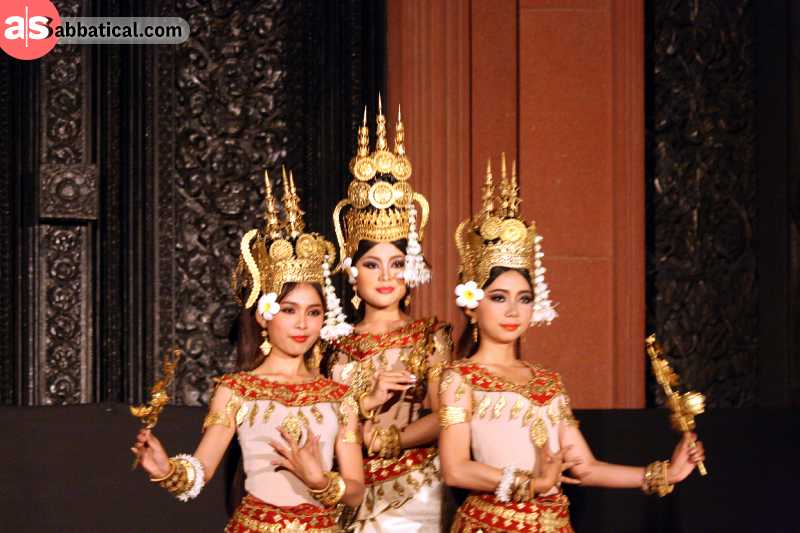
Cambodia has lots of unique cultural aspects. Its culture is very rich that the UNESCO has recognized four of its cultural heritage artifacts. Aside from the ever-famous Angkor Wat, the Preah Vihear temple, the Apsara Cultural Dance, and Shadow Theater are all part of the UNESCO World Heritage Sites.
Read more: 10 Cambodian Festivals That Will Give You an Insight into Their Culture
Cambodia’s cultural influences are mostly a mix of Buddhism and Hinduism. Both religions were combined and resulted in distinctly unique Cambodian culture. Here are some of the most exciting facts about Cambodian culture.
- As the highest part of the body, the head is regarded as holy in Khmer Buddhism and must not be touched even in the kindest manner.
- It is disrespectful for Cambodians to point at people with your feet. Thus, when sitting, the feet must be tucked in.
- A greeting is done by joining two palms together in the front and bowing slightly. This greeting is called “Sompeah” and is often initiated by the younger people or those in the lower rank of the Cambodian society.
- Birthdays are not often celebrated in Cambodia especially in the rural areas where older people don’t even know their exact birth date.
- The funeral is an important part of the Cambodian traditions and lasts more than 49 days. The body is preserved in the first 100 days where a prayer ceremony is normally held. Prayer chants are performed and led by monks. Cambodians believe that the longer the ceremony is done, the better afterlife the deceased will have.
- The Khmer New Year known as the “Chaul Chnam Thmey” is celebrated in April. This is similar to Thailand
 ’s Songkran celebrations where people throw water and colored talcum powder against each other.
’s Songkran celebrations where people throw water and colored talcum powder against each other. - The Robam Apsara, also known as the Apsara dance, is a classical Cambodian dance that is often performed in the courts of the Royal Palace. The dance has been a part of the Khmer culture for more than 1,000 years, and you can see it being performed during special events in Cambodia today.
Cambodian People

Perhaps the best thing that you’ll encounter on your trip to Cambodia is the warm and kind-hearted Cambodian people who will greet you with waves and smiles wherever you go. Others would even welcome you into their homes and treat you as part of their family.
Here’s an overview of the Cambodian people:
- Most Cambodians are part of a Khmer ethnic group, and Khmer is also the name of the language that the Cambodian people speak. The population of Cambodia is only 15 million, making them one of Asia
 ’s least populated countries.
’s least populated countries. - Only 10% of the population in Cambodia lives in Phnom Penh, the country’s capital. Thus, Cambodia is mainly a country of rural dwellers and farmers living in small agricultural villages.
- Cambodia has a very young population where almost half of its population consists of people younger than 15 years old. This was mainly due to the terrible Khmer Rouge rule where a good number of the population was killed.
- During the Khmer Rouge period, Cambodian men had a much higher death rate than Cambodian women, which resulted in a skewed sex ratio in favor of women. In fact, there are some places in Cambodia where 80% of the adult population are women.
- Khmers make up 90% of Cambodia’s population, and non-Khmer groups include the Chinese and Vietnamese. There is also a small percentage of the Cham people, a Muslim group known as the Muslim Cham.
Cambodian Food
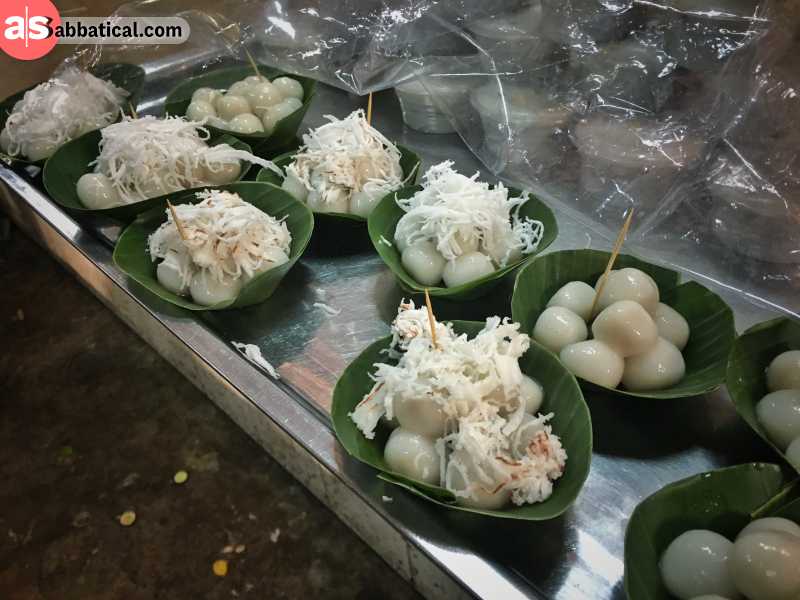
Cambodia has delectable cuisines, and it’s unfortunate to know that not a lot of people know this.
Although the Khmer cuisine is not as famous as the Thai food or Vietnamese food, it’s surprisingly delicious and something that you should not overlook when visiting this Southeast Asian country.
Cambodian cuisine is often regarded as something that’s similar to Thai and Vietnamese foods, when, in fact, the Khmer cuisine is totally different and has been one of the oldest living food cultures in the world.
Read more: 7 Amazing Things to Do in Siem Reap!
The Cambodian cuisine is pretty heavy on meat and seafood, thanks to its proximity to the coast and the presence of the Mekong River. Here are some of the best Cambodian foods to try.
- Fish Amok - as the national dish of Cambodia, this dish deserves to be on top of this list. There are plenty of amok versions, although it is the fish amok that is the most authentic. This dish consists of a river fish with coconut cream and wrapped in banana leaves to steam. It smells good and has a truly distinct flavor and is often served with rice.
- Kuy Teav - this is a popular Cambodian breakfast, which is made from a rich broth of pork bones, along with dried squid and a generous heaping of garnishes. It’s tasty and enjoyed with vermicelli noodles, turnip, carrots, and other greens.
- Bobor Rice Porridge - this rice porridge is a typical Cambodian street food, which is usually served with ginger, chicken, or fish. It’s another popular Cambodian breakfast meal, although some local workers would have it for their evening meal after work.
- Bai Sai Chrouk - this dish is made from pork slices that are marinated in garlic or coconut milk and grilled slowly over charcoal. It’s usually served with pickles, rice, and sometimes, a fried egg, especially if it’s eaten during breakfast. Literally, the name translates to rice and pork, which is what this dish is all about.
- Beef Lok Lak - this one’s a crowd pleaser among locals and tourists. It’s made of sautéed beef meat that is cut into cubes. The meat is typically served in a bed of lettuce, cucumbers, tomatoes, and onions.
- Prahok - the Cambodian people love this dish a lot, although it’s not been very well received by most tourists because of its distinctive aroma. It’s basically made of crushed salted fish, which explains the pungent smell. The dish is mostly used as a condiment in some Cambodian cuisines.
- Red Tree Ants - Khmer cuisine will surprise you in many ways, especially this dish that’s made from ants. Insects have become an essential ingredient in Cambodia in the 70s when the people suffered from extreme poverty and famine brought about by the ruthless reign of the Khmer Rouge. This dish is made of stir-fried ants cooked with garlic, ginger, and lemongrass, as well as some thin slices of beef. It’s surprisingly delicious, and the red ants didn’t have any distinctive taste that will put you off.
- Khmer red curry - unlike the red curry of Thailand, the Khmer red curry is less spicy. The similarity lies mainly in the use of coconut milk. It also consists of chicken, beef, or fish, cooked with green beans, eggplant, lemongrass, and some potatoes.
- Cambodian barbecue - the barbecues in Cambodia consist mainly of seafood and fish, thanks to its sizeable freshwater network that includes the Mekong River. Aside from seafood and fish, there’s also chicken and pork barbecue. And if you’re adventurous enough, you can have the grilled frog and some other exotic insects.
Places to Visit in Cambodia
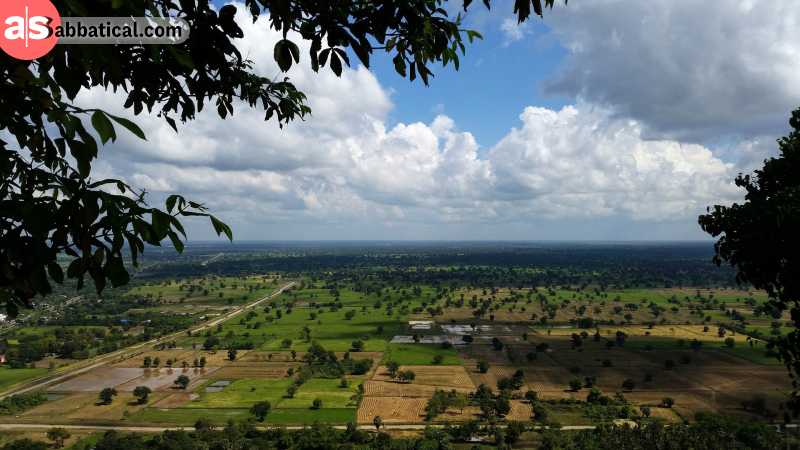
It’s been said that only a few historical sites in the world can rival the magnificence of the Angkor Wat. But when you visit Cambodia, you’ll realize that the beauty of the country extends far beyond the walls of the Angkor Wat.
Read more: 5 Awesome Things to Do in Phnom Penh!
Some of the best places to visit in Cambodia are:
- Angkor Wat - as the most popular attraction in the country, the Angkor Wat in the city of Siem Reap tops the list of the best places to visit in Cambodia. This massive religious monument looks even more impressive at sunrise, as you get to witness the sun peeking from behind its gigantic towers.
- Phnom Penh - a lot of travelers to Cambodia tend to skip Phnom Penh, the country’s capital, in favor of Siem Reap, where the iconic Angkor Wat is located. However, there are plenty of interesting sites to see in Phnom Penh, including the Killing Fields, where you will find some of the most harrowing images that took place during the brutal reign of the Khmer Rouge. Don't forget to read the Phnom Penh itinerary before arriving at this beautiful city to have everything planned out.
- Sihanoukville - not a lot of people are aware that Cambodia is also home to some of the most beautiful beaches in Southeast Asia and that is in Sihanoukville. The best thing about the beaches in Cambodia is that they are less crowded unlike the neighboring beaches of Thailand.
- Mondulkiri - in this northeastern province of Cambodia, you will find the Elephant Valley Project, an elephant sanctuary that gives visitors an opportunity to have a close-up encounter with the elephants while learning about the negative effects of elephant tourism.
- Tonle Sap Lake - this lake is one of Cambodia’s freshwater bodies and a popular tourist destination as well. The river stretches across the northwest part of Cambodia and is surrounded by numerous floating villages. Here, you also get to witness a myriad of birds, fishes, macaques, crocodiles, and other wildlife species.
- Battambang - the lush countryside of Battambang is another popular tourist destination in Cambodia. This sleepy town is home to some quirky cafes and scenic rice fields where you can enjoy a bike ride and discover nature at its best.
- Poipet - this town is the Las Vegas of Cambodia, the land of casinos and bars, where both tourists and locals would converge to enjoy a night out. It’s located on the border between Cambodia and Thailand and only a few hours drive away from Siem Reap.
- Preah Vihear Temple - this is another temple complex in Cambodia that is located in a more remote location; thus, it’s less crowded and less popular than the Angkor Wat. The impressive structure is sitting between the border of Cambodia and Thailand and was built during the 9th to 12th century. It takes a lot of effort to get into this place, but the fantastic view makes it well worth a visit.
The Cambodian People will make you feel right at home!

Cambodia may be known for the impressive temple complex of Angkor Wat, but it is the overwhelmingly warm hospitality of the Cambodian people that will make your trip worthwhile. You’ll be greeted with stacks of smiles and hellos from the moment you arrive, something that you won’t probably experience in some other places you’ll visit.
Don't forget to check out the Cambodia bus journey by Adrian!


